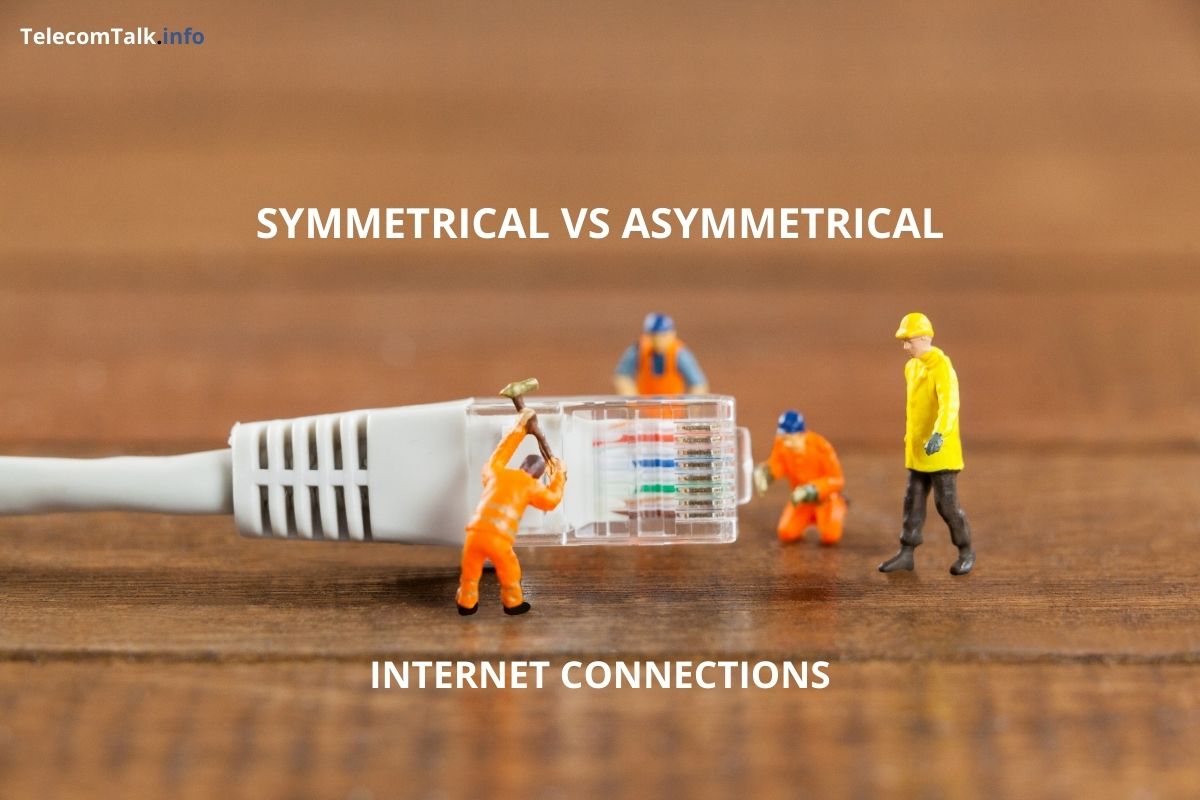Speed is one of the most important aspects when it comes to Internet connections. It is also one of the deciding factors when choosing between different plans offered by different operators. There are two speeds to account for that constitutes any internet connection. One is the download speed, and the other is upload speed. The download speed is the one most commonly known, advertised and useful for most internet users. The download speed is the speed at which your internet connection can retrieve data from the internet. In simple terms, it is the speed with which you can download data like apps, games, movies and more. The speed at which your internet connection sends data from your device to the internet is known as the upload speed. Upload speeds come into play when you are pushing some data on the internet, like uploading profile pictures, pictures, videos on social media and more. The upload speeds are usually 1/10th of the download speed.
What is Symmetrical Connection?
As the name suggests, an asymmetrical connection is when the download and upload speeds are the same. An internet connection with a 1/1GBPS fibre internet connection can be an example of an asymmetrical connection. In such a connection, you can get an upload and download speed of 1gbps.
Symmetrical Internet Connections Use Cases
Small & Large Offices: Symmetrical connections are useful in office environments where several people connect and transfer data to the internet simultaneously. When several people are connected to a LAN and are constantly accessing the internet to upload and download data, you could consider employing a symmetrical connection. Large File Sharing/Video Conferencing: If your work involves uploading huge files on the internet on a regular basis, then a symmetrical connection is the one to choose. An example of this could be YouTubers that require upload speeds to upload their videos in 4K quality that makes the files huge in size. Faster upload speeds mean less time to upload high-quality videos. High upload speeds are also required for smooth video conferencing, which has replaced office team meeting in today’s time. Accessing Cloud Services: If your business has some cloud-based applications, you would require high upload speeds to access the cloud networks. Cloud gaming is also a new revolution in gaming where the games stored in clouds can be played without downloading them. Such use cases would be benefitted from a Symmetrical Connection.
What is an Asymmetrical Connection?
When the data speed and file transfer rate on your internet connection are different for uploading and downloading, such a connection is known as an Asymmetrical Connection. As we pointed out before, usually, your upload speed is a fraction of the download speeds. These connections ensure fast download speeds but considerably low upload speeds. Some examples of an asymmetrical connection are FTTC, FTTP and traditional home DSL. An asymmetrical connection is often cheaper than a symmetrical connection.
Asymmetrical Internet Connections Use Cases
Downloading Large Files: If you access the internet to download huge games, movies, apps and more, you would require high downloading speeds. In such cases, an asymmetrical connection can be useful as you get high download speeds without having to spend unnecessary money on getting high upload speeds. Online Streaming: Since we all are home these days, online streaming of movies has become a source of entertainment. A smooth buffer less experience can be achieved by an asymmetrical connection. Cost-Effective General Use: If you want a cost-effective internet connection for your home where your family members have their different use cases, then also Asymmetrical connections can be of use. As most use cases at home revolve around accessing the internet for download, browsing of data, thus an asymmetrical connection can get the job done for you on a budget.
